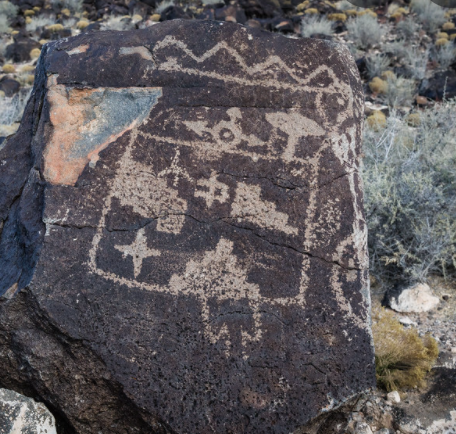The United States borders New Mexico on the west, making it one of the largest states in the Union. Though the border is mostly open desert, there are still roads, footpaths, and ranches throughout the state. The state’s primary industries are agriculture and natural gas, and New Mexico is a leader in uranium and potassium salts production. Copper, gold, and natural gas are other primary sources of income for the state.
For more information on New Mexico, visit the state’s museums. The New Mexico History Museum features an interactive timeline spanning from the ancient Puebloan people to the Spanish conquistadors, early pioneers along the Santa Fe Trail, and the Manhattan Project years. This museum is home to thousands of artifacts and documents from the state’s rich history. It’s also home to the Palace of Governors, the state’s oldest museum, with exhibits tracing over 400 years of state history.
White Sands National Monument
The White Sands National Monument is made up of a rare form of white gypsum sand, and stretches across 275 miles of the state. The dunes are between six and sixty feet high and are home to a variety of wildlife, from tiny scorpions to enormous horned antelopes. In ancient times, dire wolves and saber-toothed cats once roamed this land.

Petroglyph National Monument
In western Albuquerque, you can visit the Petroglyph National Monument, which contains pictographs carved into volcanic rock. Native Americans have a rich history in New Mexico, and there are 19 different pueblos to visit. Visit the Indian Public Cultural Center to learn about each one and see live Native American dances. Then, while you’re in Albuquerque, don’t miss out on the Albuquerque International Balloon Fiesta.
Museum of Natural History and Science
If you’re planning to visit the state capitol, New Mexico is an excellent place to visit. This impressive building features artifacts and artwork from the tribes of the state. It’s known locally as “the Roundhouse,” and though it’s not as grand as the other destinations in the state, it’s worth the visit. If you’re traveling with children, you can visit the Museum of Natural History and Science, which is fun for the entire family.
Among the different linguistic groups of New Mexico, there is the Hispanic minority. About one-third of the population is Hispanic, with the vast majority of descendants from the Spanish colonists in northern New Mexico. Only a small number of recent Mexican immigrants live in southern New Mexico. New Mexicans speak a unique dialect of Spanish that is unheard of in other regions of the world. The language retains late medieval Castillian vocabulary, and it includes Native American words to describe the landscape. Also, it includes a significant portion of Anglicized vocabulary for modern inventions and American concepts.
The earliest peoples of New Mexico were the Pueblo Indians, who lived in the region for a thousand years before European explorers arrived. Pueblo Indians were the first to start farming, and they developed some of the most advanced irrigation systems in the country. During this time, the Navajo and Apache tribes migrated to various reservations in the area. In 1528, Spanish explorer Alvar Nunez Cabeza de Vaca roamed the land and was eventually rescued by the Navajo tribe.
Native Americans first inhabited the area more than twenty thousand years ago. Spanish settlers eventually arrived in the region, and it was a Spanish viceroyalty for many years. Later, it became part of Mexico and the United States. Native Americans are present in the southwest, and Spanish-speaking Hispanics dominate the north. However, the indigenous population in the northwest corner of the state is comprised of Navajo Indians. Today, the state is home to more than 200 species of birds and many types of reptiles.
In the early days of the American West, New Mexico was not part of the United States, and its Spanish colonizers named it “New Spain.” The Spanish ruled the region until 1821, when it was included in Mexico. This fact made cultural integration with the Mexican government difficult. In fact, the Chimayo rebellion against the Mexican governor was the first time Native Americans were allowed to vote in the state. However, this ban was lifted after military veterans petitioned the state’s constitution for constitutional rights.
A visit to New Mexico should not be missed. The state has many natural and cultural attractions. The landscape is stunning, and there are nearly two thousand acres of rock walls to explore. Whether you prefer hiking, horseback riding, or museum-going, New Mexico has something to offer you. There is something for everyone, from the aspiring astronaut to the seasoned traveler. The state is also a hub for the atomic bomb industry. There’s no other state quite like New Mexico for all of its natural wonders.